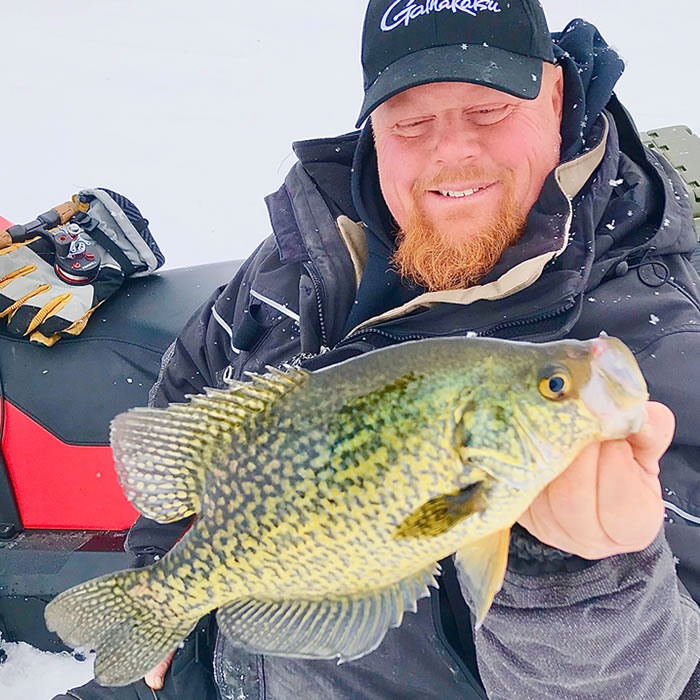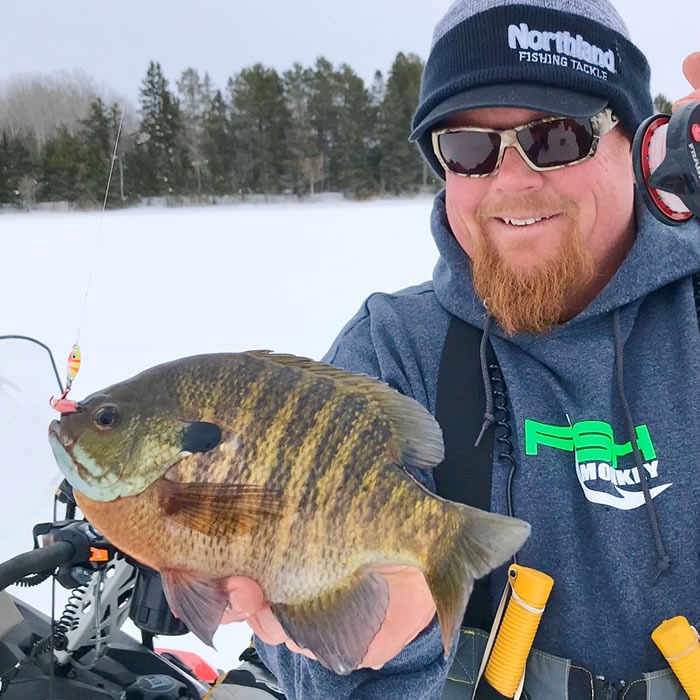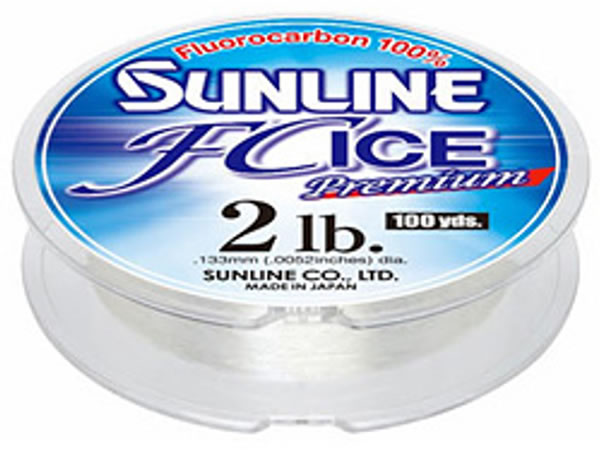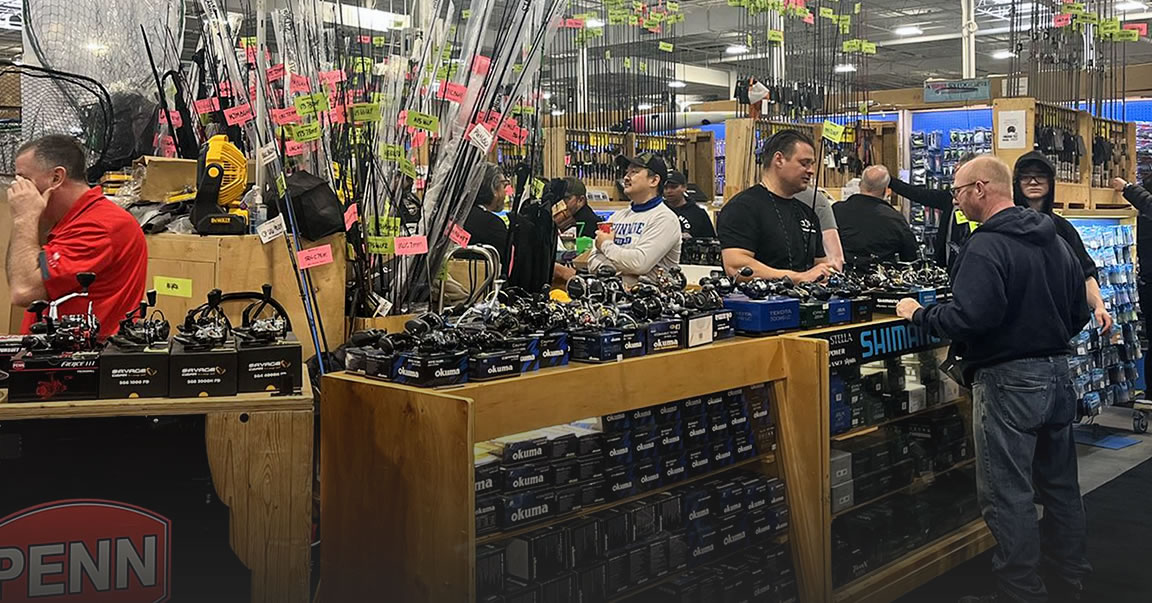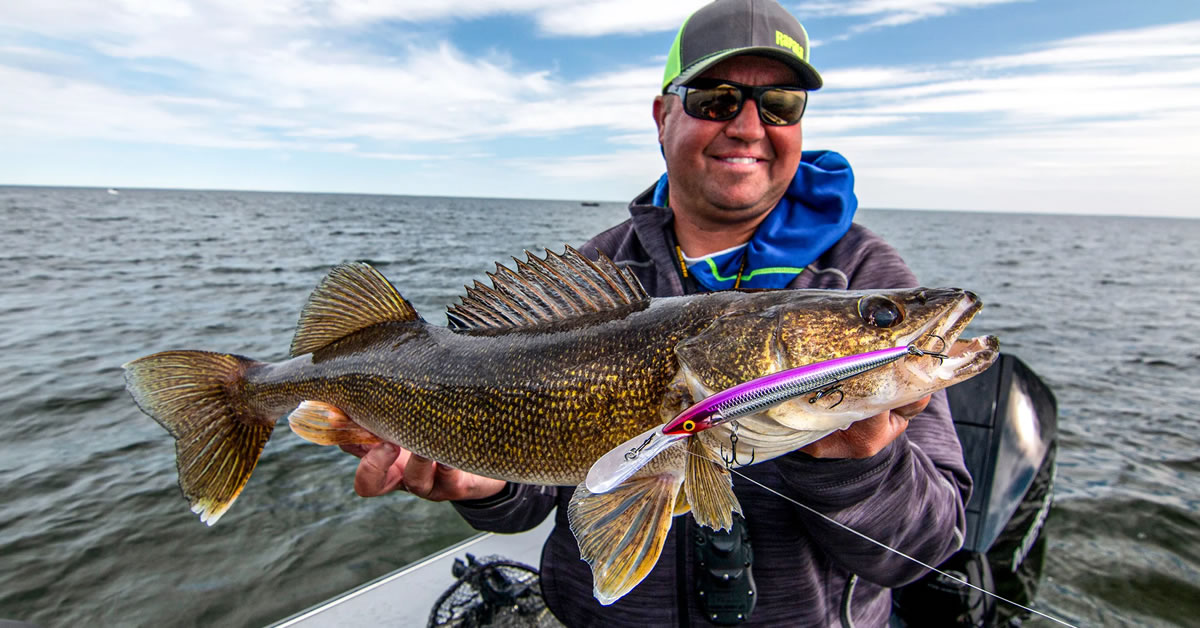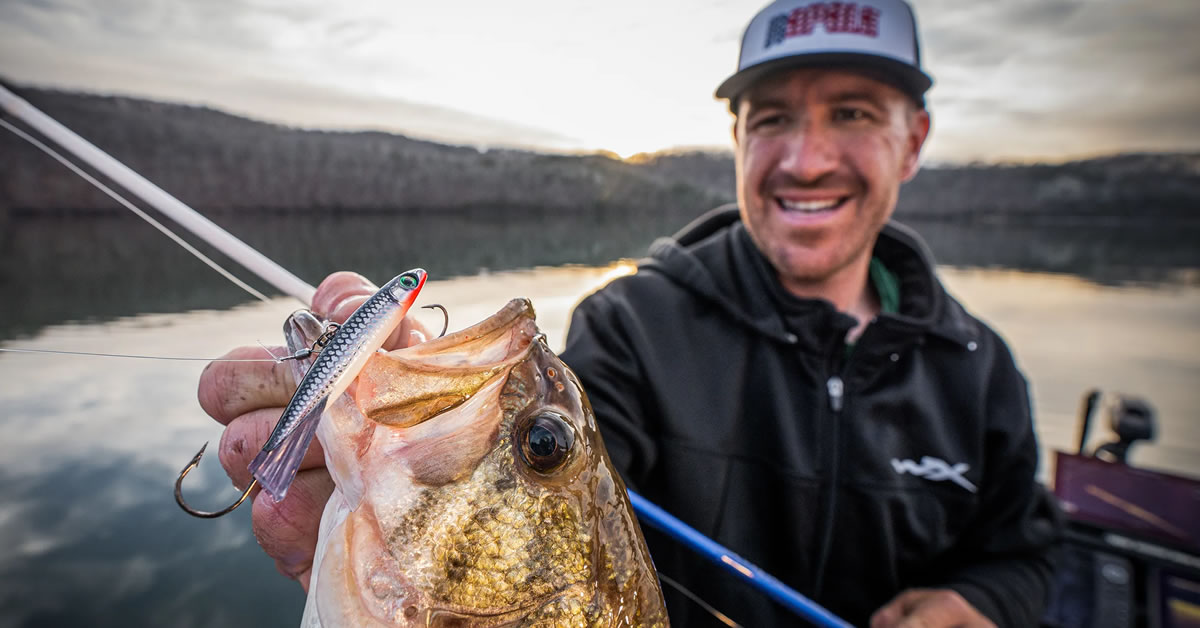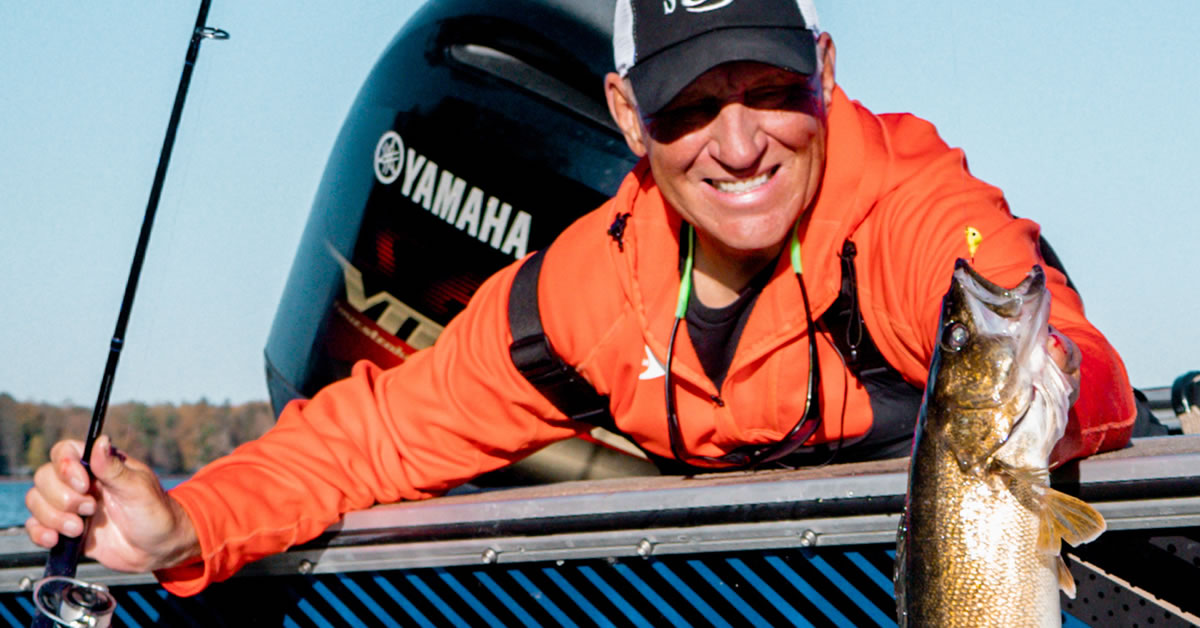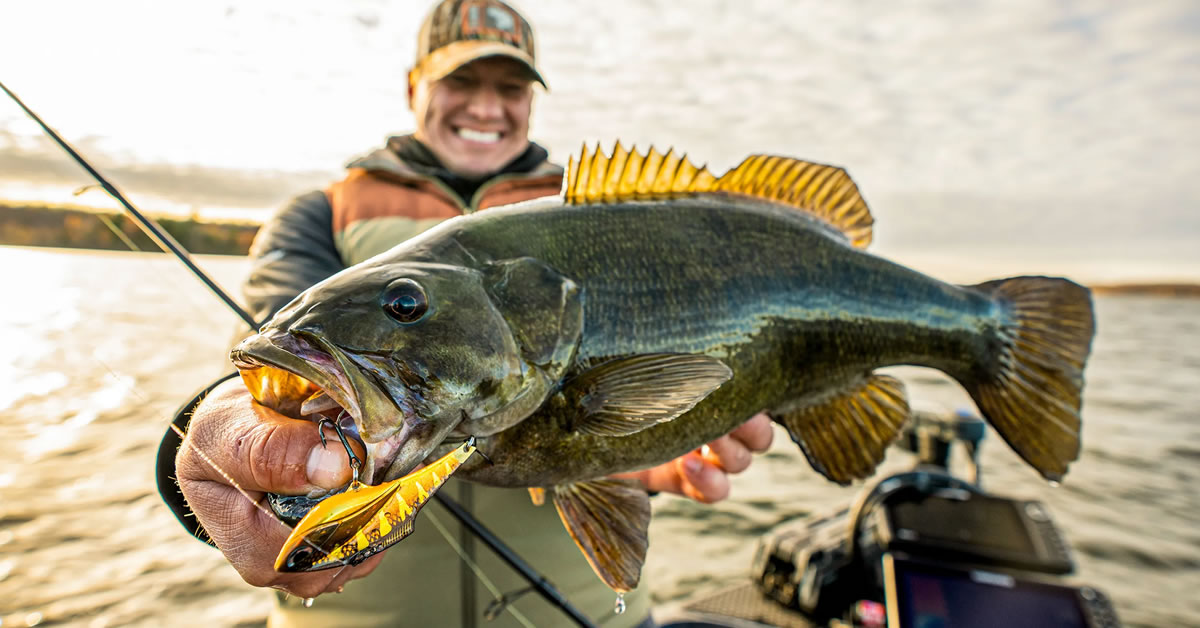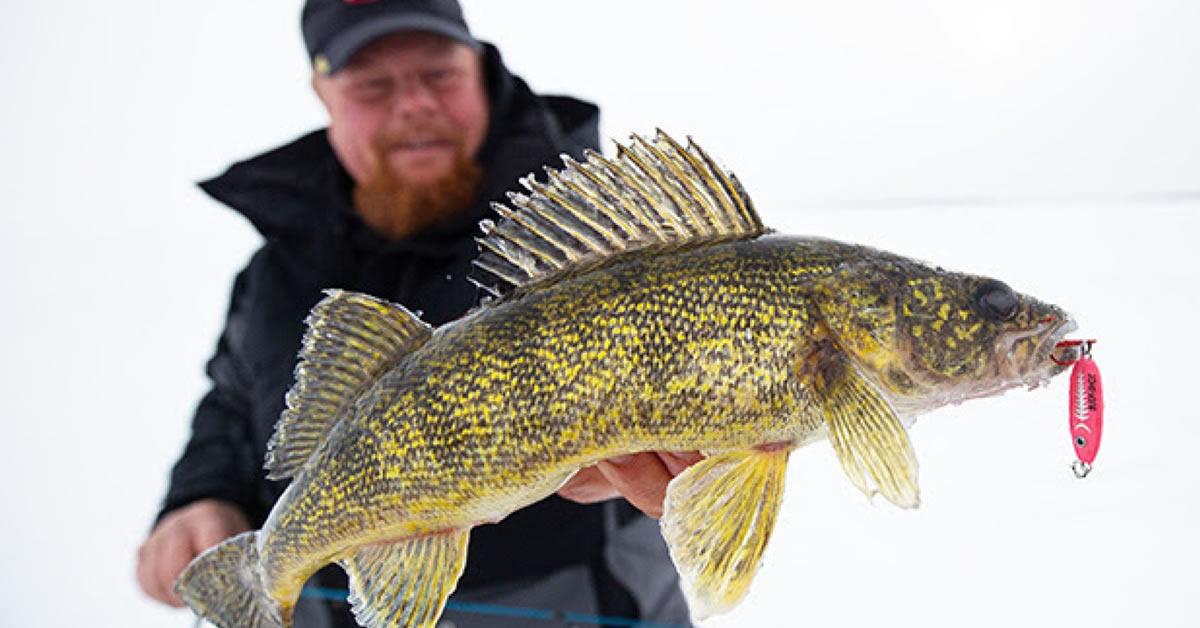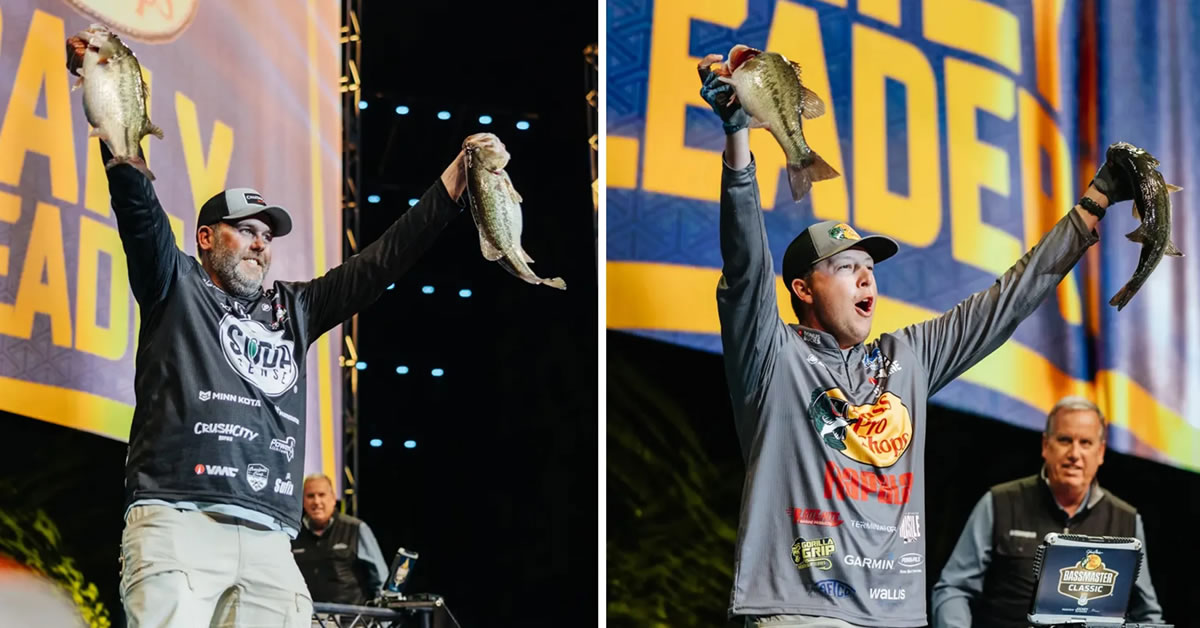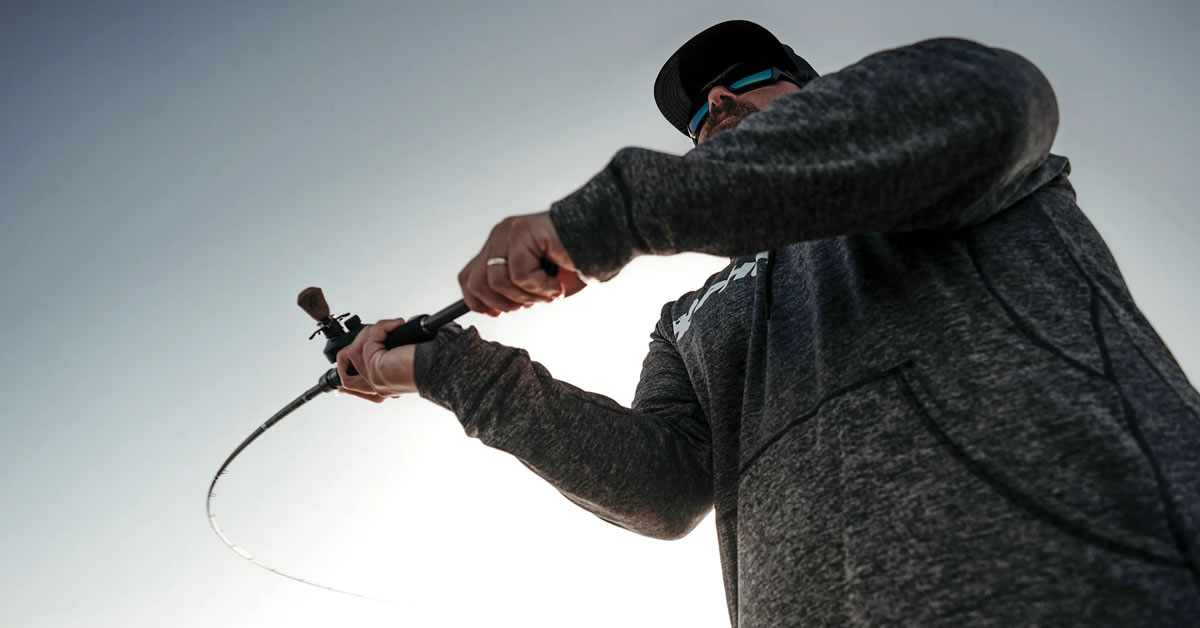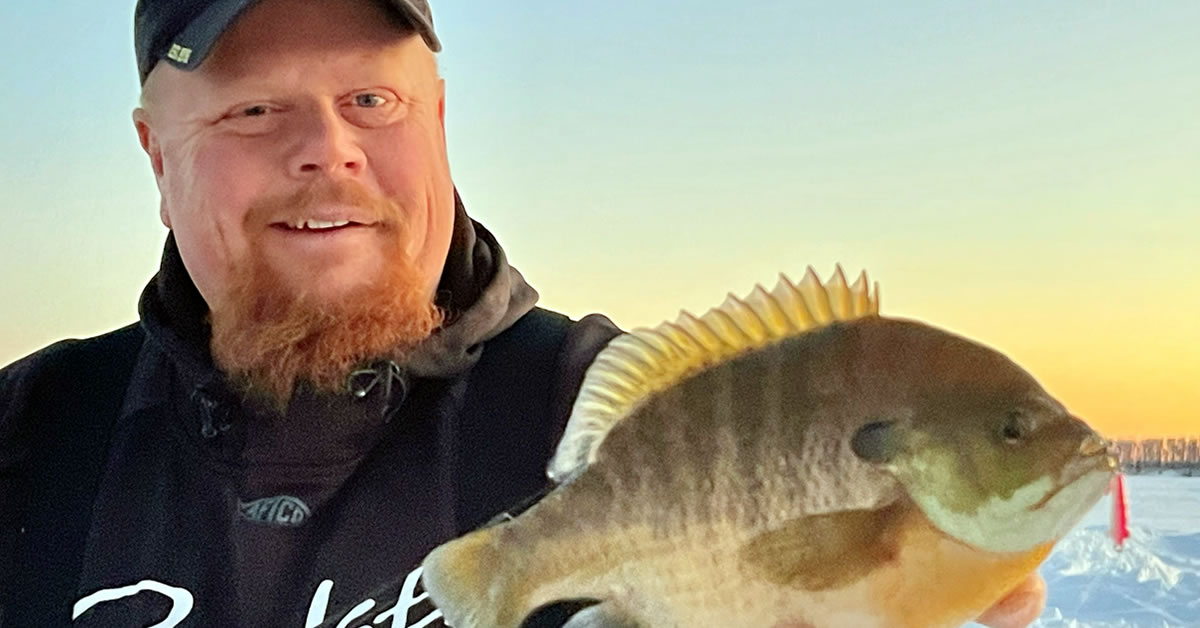Ice More Mid-Winter Panfish
This winter's warmer weather can still produce a good cactch if you travel north and travel light.
by Lake-Link StaffWith current warming trends-depending on the lake's whereabouts in the Ice Belt-hardwater transportation may be limited to ATVs, snowmobiles, and fishing on foot. But with a spud bar, flotation suit, throwable/rope, and fishing in groups, you can still get out there, especially the farther north you travel. You may have to hump your sled a distance to reach basin areas, but sometimes there's still oxygen-producing weeds shallow-and deeper, fish-holding weed lines just a little bit farther out.
One of the best species to pursue during this time? Panfish - crappies and all strains of sunfish.
We talked with northern Minnesota guide, Brian "Bro" Brosdahl and he offered up some good tips to keep in mind when searching out mid-winter panfish.
1#: LOCATION, LOCATION, LOCATION
"Here in the region I fish - from Grand Rapids east to Lake of the Woods north, and east to Bemidji, a lot of our panfish waters did not clear up to gin-like levels. Many are bog-stained. So, the first thing I do come mid-winter is look to the basins. If I don't find panfish hanging in the basins I look for structure with MEGA 360 and then zoom in with my MEGA Live to see if there are fish hanging around brush, logs, rocks, etc." offers Bro.Particularly with sunfish, he says they'll be sitting tight to these kind of structures mid-winter. He adds that when searching out isolated structure in basin areas, you might notice the water has more clarity, making it even more important to key into those pieces of structure.
"If you're not fishing next to some piece of structure, you're not catching anything," says Bro.
Mid-winter crappies will school up over basin areas, moving from time-to-time throughout the day. They can be anywhere from a couple feet from the bottom to three-quarters up the water column in as deep as 50 feet of water on some lakes.
These deep basin crappies do require some care because scientific data hasn't come back confirming mortality rates due to barotrauma when crappies are deep. Pilot studies suggest that some may die, even if released, so a good program is to fish crappies in 30-plus depths simply for your limit - or what you plan to keep and eat - then move shallower to recreationally fish.
So where do you find mid-winter panfish in shallower waters? Are populations of crappies and sunfish still in the weeds, too?
Bro replies: "The evolution of water clarity due to invasive species and super warm summers has weeds growing deeper in many of our region's lakes. They may not be alive and producing oxygen but even the remains can hold fish. The old saying is that panfish are always on the deepest weed line in mid-winter - and in some of our region's lakes that can extend down to 28 feet or so."
But with minimal snow cover this winter, there may still be green weeds in even shallower areas, and panfish will inhabit these areas until they stop producing oxygen.
Bro says that during cold fronts you'll often find panfish right where the weed line break meets basin areas. "Bluegills, especially, tend to hold to these areas."
This year, too, with early and mid-winter thaws -- even rain -- rivers and creeks are pushing more water, leading to longer-lasting, shallower green weeds. Bro emphasizes that on some lakes where bluegills go deep, part of the population will still locate shallower, holding to the weeds until their decay produces less oxygen and more toxins. Of course, this will vary from lake to lake and extreme caution should be exercised if fishing any areas near moving water entering or exiting a lake.
#2: LINE CHOICE
By mid-winter, Bro says panfish can get more finicky, so he often sizes down to 2- and 1-pound Sunline FC Ice Premium fluorocarbon, using 1-pound to "just in case the bite gets really tough"."I had quit ultra-light 1- and 2-lb. line years ago, but this particular fluoro is super strong for its small diameter. And 2-pound gives you more leverage to even slide fish up the ice without bending over. On my guide clients' panfish rods I use 3-pound."
However, if there are "eater" walleyes, bass, and pike in the area, Bro opts for 3-pound. "I don't like losing my lures on a hammer handle or big bass. I want my lure back! 3-pound is really thin and clear and a pretty good recommendation for most panfish anglers and can handle some really big fish."
#3: STRIKE INDICATION
While many panfish anglers will use a spring bobber to detect slight bites or crappie "up bites" - Bro is a fan of ultra-lightweight and sensitive rods with extra-fast action, colored tips. "St. Croix's CCI Tungsten Tamer has a greenish-yellow tip that you can really detect bites with, completely without adding a spring bobber. You can see both 'down' and 'up' bites and it's a high-end carbon rod, so it's super sensitive. Even on St. Croix's less expensive Panfish Ice Combo Series you have bright green tips that really show jig and bite movement. A lot of times the bites will be really subtle, like if the weight of your jig disappears from the tip bend, it's time to set the hook," adds Bro.#4: GET MORE JIG MOVEMENT WITH A LOOP KNOT
Rather than using a Palomar or Improved Clinch knot to attach his panfish jigs, Bro has been using a loop knot for decades. By experience, he says it simply catches more fish.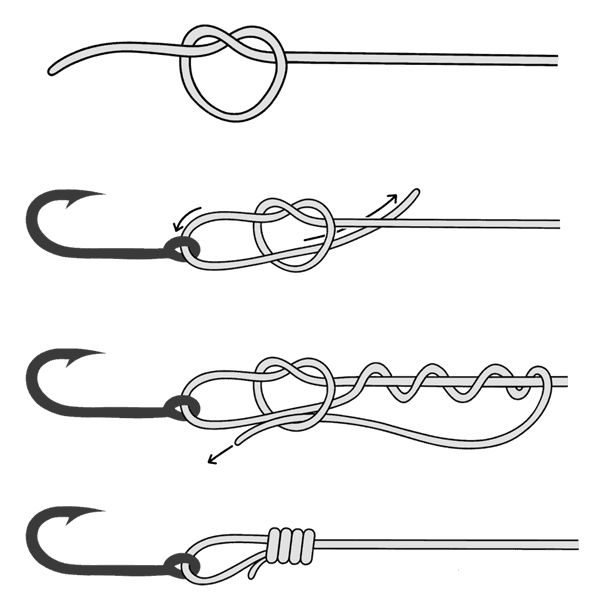
"Plus, when a fish grabs it, the lure moves easier, like when they suck it in their mouth, especially on bluegills, and if they expel it and then bring it back in, you hook them better."


